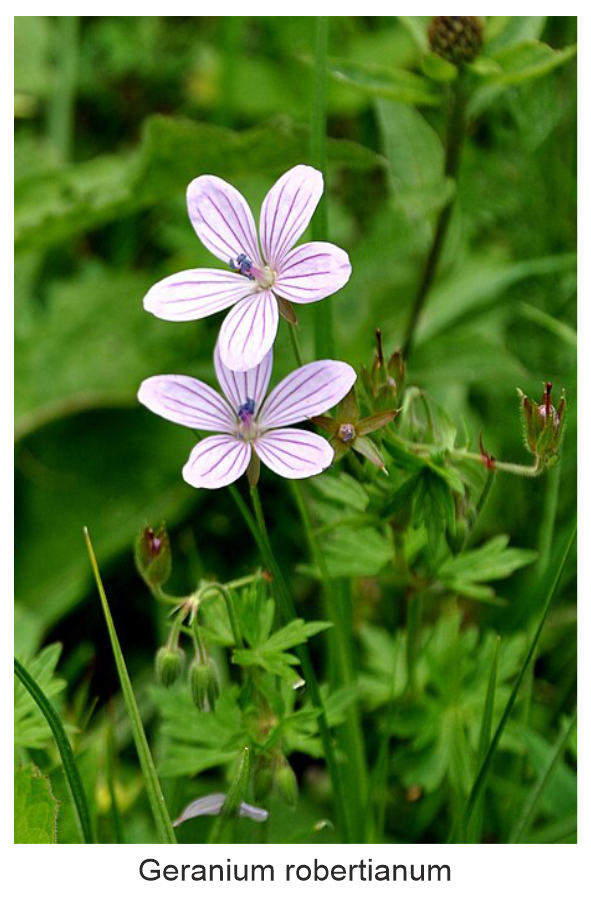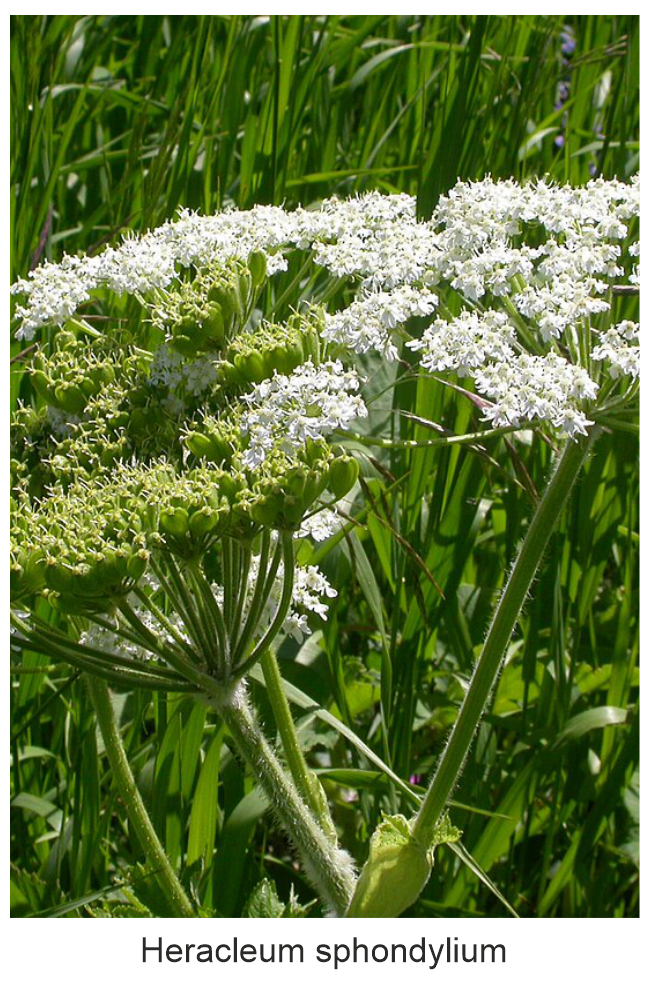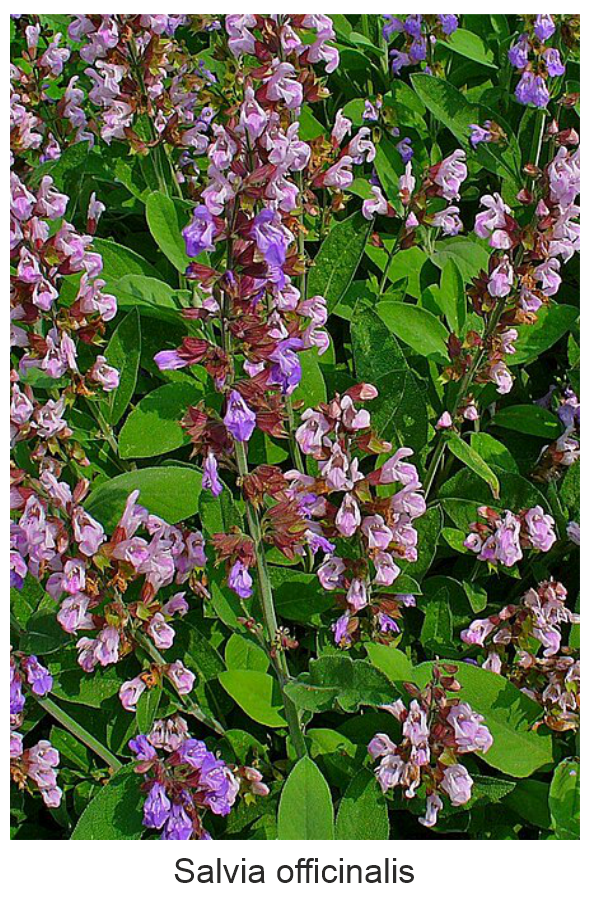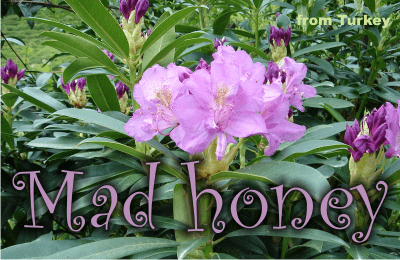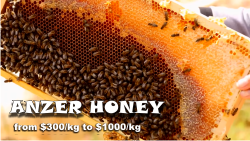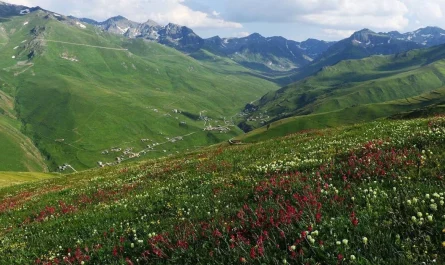The floral source of the Anzer honey
Anzer honey is a polyfloral variety exclusively sourced from the Anzer Plateau, home to approximately 500 plant species, with 80–90 being endemic to the region. Pollen analysis confirms its unique floral composition, including major sources like Thymus, Trifolium, and Onobrychis, with Myosotis (forget-me-not) pollen being a defining authenticity marker. Crucially, certified Anzer honey is required to exclude Rhododendron pollen to maintain its safety and Protected Designation of Origin (PDO) status.
Anzer honey is polyfloral, but from what flowers exactly?
500 different plant species are found on Anzer Plateau, and from them, 80 to 90 are found only here and nowhere else in the world!
It’s a floral country, we can say, as the flora of Turkey records 10754 plant taxa. 3712 are endemic and form 4.3% of the world’s flora (Onat, 2012; Zencirkıran, 2002)
How do we know if Anzer honey is what it says it is?
It’s verified in a lab, using pollen analysis.
In Anzer honey, the major pollens detected are of Thymus, Rumex, Onobrychis, Campanula species (bellflowers), Lamium species (dead-nettles), Trifolium species (clovers), Cistus, Plantago, Heracleum species (hogweed-related plants), Cynoglossum glochidiatum, Ranunculus, Rhododendron, Myosotis, Lotus species (bird’s-foot trefoil), Lotus corniculatus, Myosotis species (forget-me-nots). But the essential markers of authenticity are Salvia officinalis (common sage), and Geranium (Malkoç et al., 2019).
Certified Anzer honey must show dominant pollen families such as Asteraceae, Fabaceae, Lamiaceae, etc., a minor/rare presence of Myosotis (Boraginaceae), and not contain chestnut (Castanea sativa) or pontic rhododendron (Rhododendron ponticum) pollen. This is how labs verify authenticity. This exclusion is confirmed by pollen analyses and reinforced by producers to maintain the honey’s Protected Designation of Origin (PDO) status and reputation.
- Thymus praecox (wild thyme): A highly aromatic plant that serves as a major nectar source, directly influencing the medicinal and aromatic qualities of Anzer honey.
- Trifolium spp. (clovers): Multiple species of clovers provide important nectar for bees during the flowering season.
- Lotus corniculatus: Commonly known as bird’s-foot trefoil, belonging to the legume family, enriching nectar diversity.
- Cynoglossum glochidiatum: A species endemic to the Caucasian region, contributing to the floral uniqueness of Anzer.
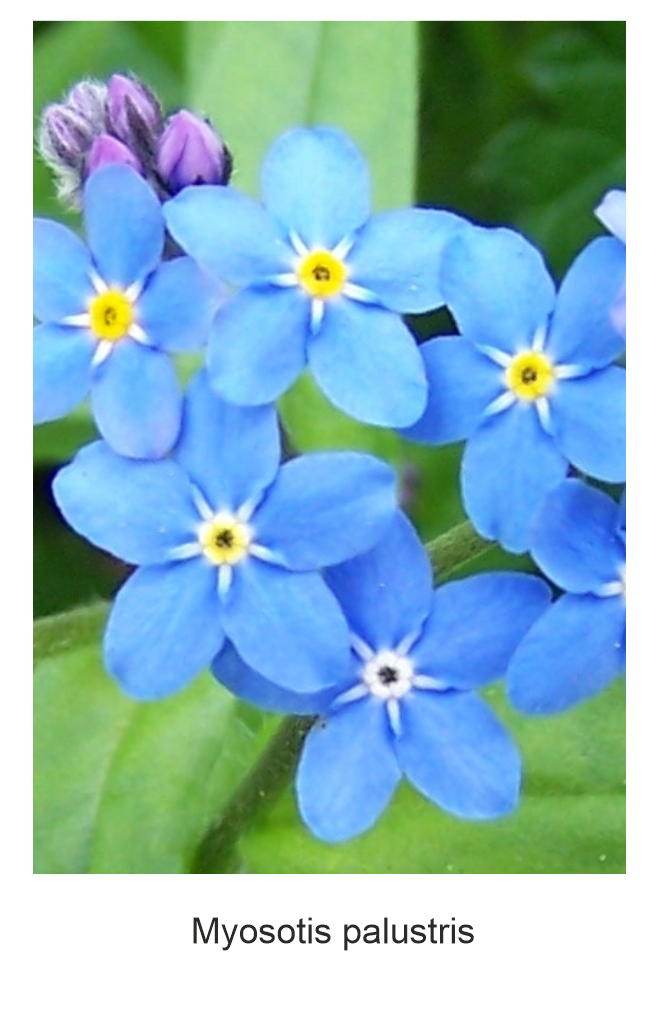
Myosotis (forget-me-not)
Studies highlight that the presence of Myosotis (forget-me-not) pollen is, in particular, a defining fingerprint: if it's missing, the honey may not be genuine Anzer.
The pollen of Forget-me-not should be present. As minor (3–15 %) or rare (< 3 %), but present.
Floristic Characteristics and Endemism
Botanical research identifies the Anzer Plateau as one of the richest areas of Turkey’s flora. The endemic species found here are those that occur only within this specific geographical area and are characterized by their adaptedness to mountain meadow ecosystems.
The floral diversity of Anzer includes important families such as:
- Ericaceae
- Fabaceae
- Rosaceae
- Lamiaceae
- Apiaceae
- Asteraceae
Among these, Fabaceae is notably the most preferred family by honeybees in the plateau, with genera like Onobrychis playing a key role in nectar and pollen provision.
Key Endemic Species
Some of the prominent endemic species contributing to the plateau’s unique flora include:
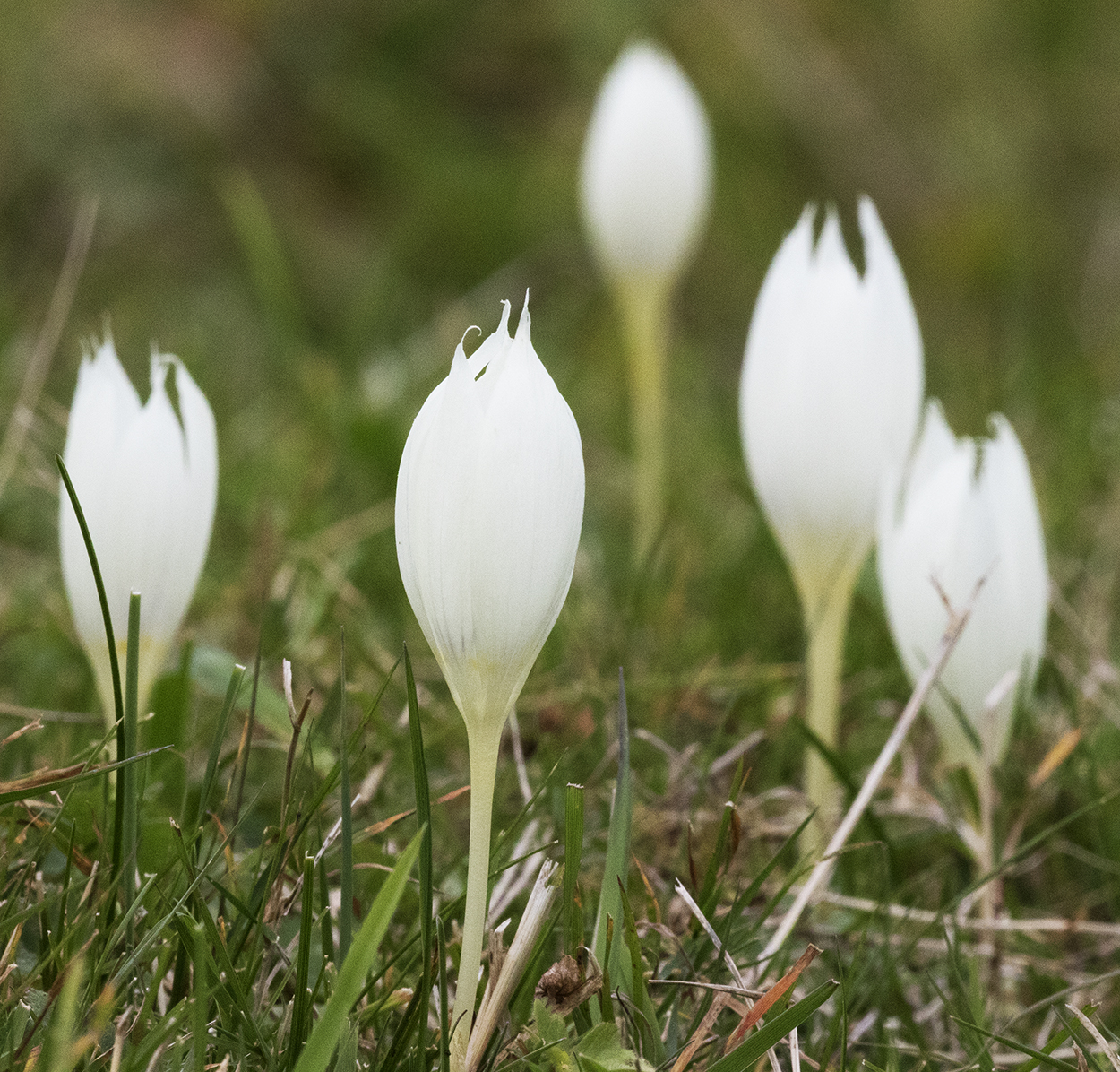
Crocus vallicola
A species of crocus, with flowers that appear in early spring.It is an autumn-flowering plant with distinctive white flowers that have violet veining and wispy, pointed tips. It prefers damp, humus-rich soil and needs to be kept from drying out completely in the summer.
Characteristics: Large, white flowers with purple veining and peculiar, hooked tips on the petals. It also features two yellow markings just above the throat of each petal.
Flowering time: Late summer to early autumn, typically starting in August.

Muscari armeniacum
Muscari armeniacum is a species of flowering plant in the squill subfamily Scilloideae of the asparagus family Asparagaceae (formerly the lilies, Liliaceae). It is a bulbous perennial with basal, simple leaves and short flowering stems.
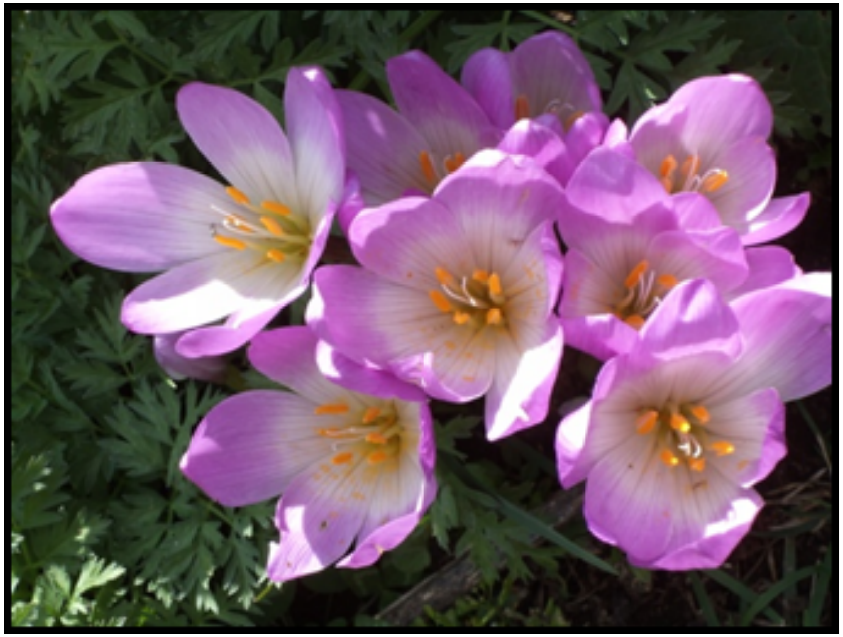
Colchicum speciosum
A flowering plant in the Colchicum genus, with large, showy flowers. C. speciosum blooms in the fall, producing reddish/violet flowers on stems up to 30 centimetres (12 in) tall without any leaves present. The strap-like leaves grow in the spring, then yellow, wither and die back as summer progresses. The flowers strongly resemble those of the crocus, the familiar spring-flowering bulb; hence the common name autumn crocus which is applied to this and other colchicum species.

Fritillaria latifolia
It's a species of bulbous plant found in the alpine regions of the Caucasus and northeastern Turkey, including areas near Anzer. It is a beautiful, bell-shaped flower, often with dark purple, tessellated (checkered) blooms. The plant is known for being a short, dwarf variety, suitable for rocky, high-altitude meadows and subalpine environments.
No Rhododendron species allowed!
Anzer honey production has strict botanical regulations to ensure its uniqueness and safety. One key rule is the exclusion of Rhododendron species from its floral sources. This is because Rhododendron nectar contains grayanotoxins, toxic compounds that cause “mad honey” poisoning, which would make the honey harmful to humans.
If you are interested in mad honey, please read this aticle first.What is Mad honey from Turkey, aka Deli Bal, and what is it good for?
Scientific Insights on the origin of Anzer honey
Pollen analyses and melissopalynological studies have revealed that Anzer honey’s exceptional bioactive properties stem from the plateau’s endemic flora. The high level of plant diversity, combined with bi-weekly shifts in floral composition throughout the flowering season, contributes to the complex physicochemical profile of the honey.
Research led by Professor Kadriye Sorkun and colleagues at Hacettepe University confirms that the plateau exhibits a high rate of endemism (~23%) and that the unique plant species directly impact the nutritional and medicinal characteristics of Anzer honey.
Ecological and cultural importance of flower source
The Anzer Plateau is a botanical refuge within the Euro-Siberian floristic region, a hotspot of biodiversity due to migration corridors and glacial refugia during the Pleistocene. Historically, researchers dating back to the 19th century, such as Karl Koch, documented the exceptional flora of this region, recognizing its ecological importance.
The sustainable beekeeping practices on the plateau, exclusively using native or hybrid Caucasian bees, amplify the connection between the floral biodiversity and socio-economic traditions linked to Anzer honey, a product of both natural heritage and local culture.
The endemic flowers of the Anzer Plateau are not only vital to maintaining the ecological balance in this mountainous region but also form the biological foundation of one of the world’s most unique honeys.
References:
Anzer Honey | KÜRE Encyclopedia (2025).
Sorkun, K., İnceoğlu, Ö., Doğan, Ö. et al. Melissopalynological and Physico-Chemical Properties of Anzer Honey. Dergipark Journal (2025).
Noroozi, J. et al. “Patterns of Endemism in Turkey,” Frontiers in Ecology and Evolution (2019).
https://en.wikipedia.org/wiki/Colchicum_speciosum
Pictures source wikimedia commons



